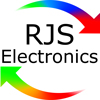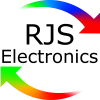Over the last 150 years, some of the most important inventions and innovations that the world has seen have been in electronics. From cars and computers to PCBs and 3D printers, the way that we live and work has developed so dramatically in the last century as technology has rapidly advanced. We’ve collated a timeline of some of the most crucial innovations in electronics, to show how far we’ve come.
1888 - Automobiles
Whilst there had been some rudimentary cars available since the early 1800s, it was in 1888 that the first real electrically-powered car was built by German engineer Andreas Flocken. However, this car was mostly constructed out of wood and had a maximum speed of 9mph (15km/h). It would be another 30 years – after the end of the First World War in 1918 – before cars started to resemble the that ones we drive today.
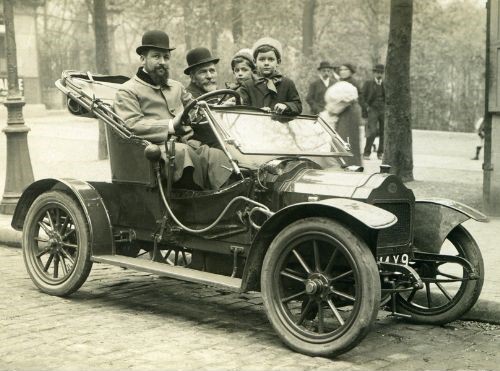
1904 - Diodes
The diode was invented in 1904 by English electrical engineer and physicist, Sir John Ambrose Fleming. This invention is widely considered to have been the starting point of electronics as we know it. Electrical circuits had been in use for at least 100 years prior to this, but the diodes allowed the current to flow in one direction and could convert AC to DC.
1926 - Televisions
The first television system was demonstrated by Scottish inventor John Logie Baird in 1926. TV sets started appearing in homes in the 1930s, but they were a much more expensive and uncommon choice than a radio. It wasn’t until the 1960s that televisions were more widely adopted as they became more affordable.
Televisions are one of the most obvious measures of how technology has advanced over the years, as we have seen the picture get gradually clearer and the screens get larger and thinner.
1936 - Printed Circuit Boards
Until 1936, circuits had to be wired point-to-point on a chassis and were very bulky, heavy and fragile. Production of these circuits was also very labour-intensive and costly. Then Australian engineer Paul Eisler invented the printed circuit board, which was much more robust and easy to assemble. Since then, PCBs have gotten smaller and more advanced, which has been integral to the continual development and miniaturisation of electronic devices across the board (no pun intended).
1945 - Computers
The first proper electronic computer (the Electronic Numerical Integrator and Computer) was completed in 1945, but it weighed 27 tonnes, measured 1800 square feet and was essentially a gigantic calculator. Fortunately the technology developed rapidly over the next 30 years, and in 1975 the first personal computer was released, featuring a screen and keyboard like the ones we use today.
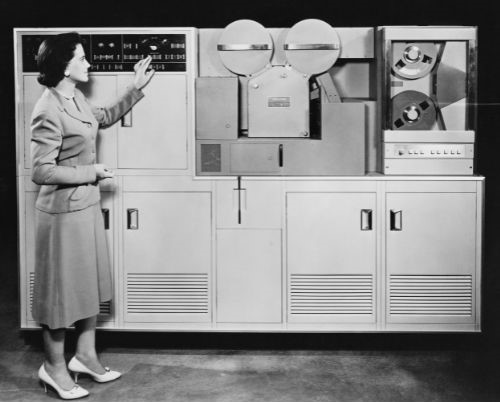
1947 - Transistors
In 1947, John Bardeen, Walter Brattain and William Shockley invented a semiconductor device called the transistor which can control current and amplify electrical signal. Transistors have since become a key component in nearly every electronic device, with many people considering them to be one of the greatest inventions of the 20th century.
1959 - Robots
The first instance of an electronic robot was the ‘Unimate’, an industrial robotic arm that was installed in an automotive factory in 1959. The robot was used in a wide variety of tasks that were too taxing or dangerous for humans to attempt, such as lifting heavy loads or working amid toxic fumes.
1962 - LEDs
Russian inventor Oleg Losev was reportedly the first person to create an LED (light-emitting diode) in 1927, but these very early LEDs were nothing like the ones we use today, and many of them didn’t even emit visible light.
It wasn’t until 1962 that LEDs became commercially viable and were beginning to be manufactured with visible light. They were used initially in devices such as laboratory and electronics test equipment, then later in calculators, wrist watches, TVs, radios and telephones as they became cheaper to make.
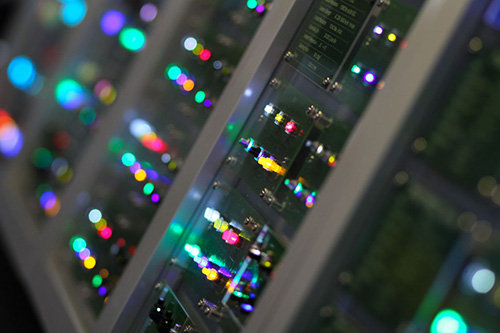
1985 - Medical Advancements
The first medical procedure that was assisted by a robot took place in 1985. The PUMA 560 was the surgical robot that they used in a brain biopsy, in order to reduce movement due to hand tremors. Since this point, robotics has become increasingly integral to the medical industry, as procedures become safer and more advanced.
1988 - 3D Printers
The concept of 3D printers had been around for a few years before 1988, but it was in this year that the first SLS (Selective Laser Sintering) printer was patented. This model was able to fuse powders instead of liquids like previous iterations. SLS 3D printers are still one of the most popular choices to this day.
Coincidentally, one of the other prominent 3D printer varieties, was patented around the same time. The FDM (Fused Deposition Modeling) differs from the SLS, as filament is directly extruded through a heated nozzle. This is arguably the most common type of 3D printer on the market, and the one you are likely to recognise the most. However, both the SLS and FDM types have been integral in making the creation of prototypes far more quickly and at a much lower cost.
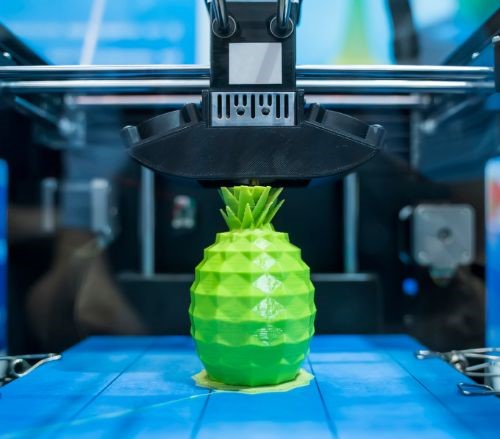
1994 - Smart Phones
The first smartphone was the IBM Simon, released in 1994 and featuring a touch screen and applications such as a calendar, address book, calculator, email and even a sketchpad. It required a stylus to use it and only worked in some areas of the United States, but every great innovation starts somewhere!
2024 and Beyond
These days it seems as though there are new updates every day in areas like self-driving vehicles, intricate robotics and Artificial Intelligence, as tech companies race to the newest innovations. It’s so hard to predict what the future may hold in terms of electronic advancements, but maybe we will all have flying cars in 50 years.
Interested in our products? Speak to us today!
How to place an order?
We operate Monday – Thursday (8 am – 5 pm) and Fridays (8 am – 4.30 pm)
Call us on +44 (0) 1234 213600 to speak to our Sales Engineers or e-mail us
on [email protected] alternatively, leave us a message using our online contact form.
View our full product range here | Download our recent product catalogue
Switch on.
Sign up to our mailing list for the latest news, product notification and so much more!
Just one click away…
